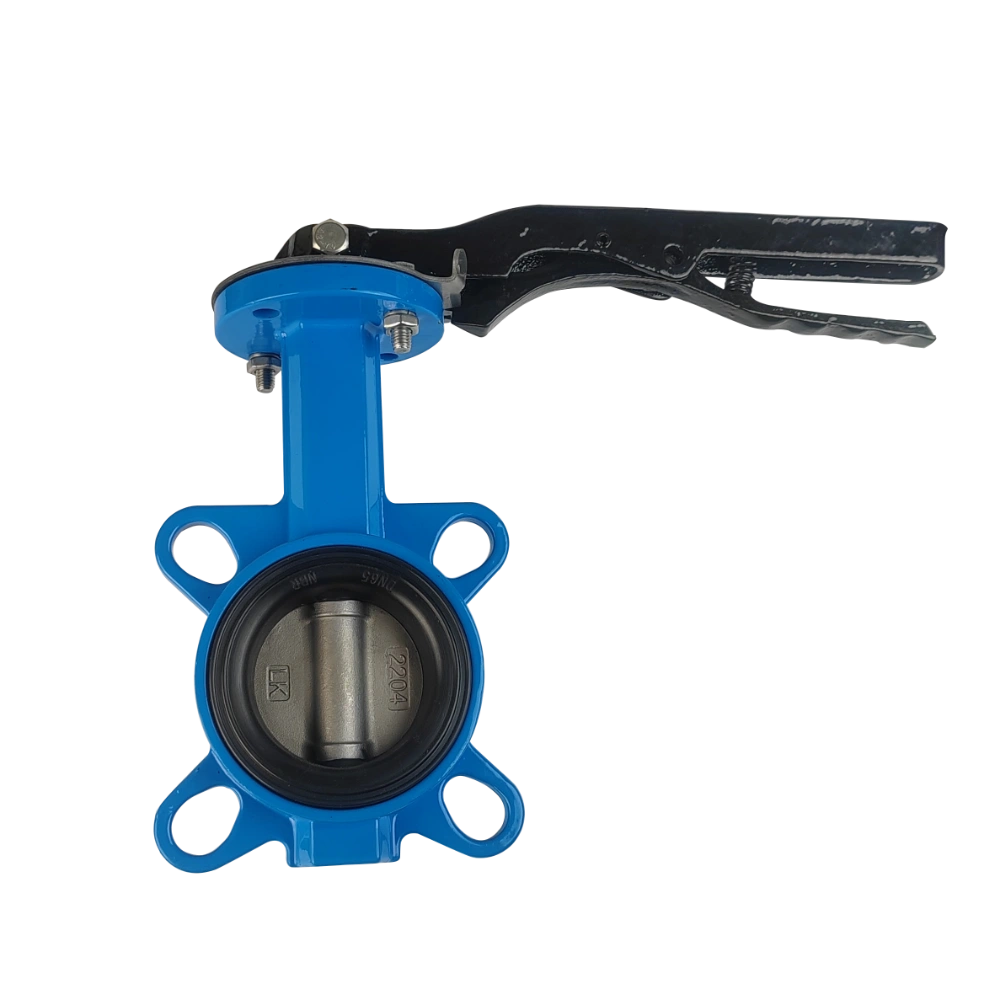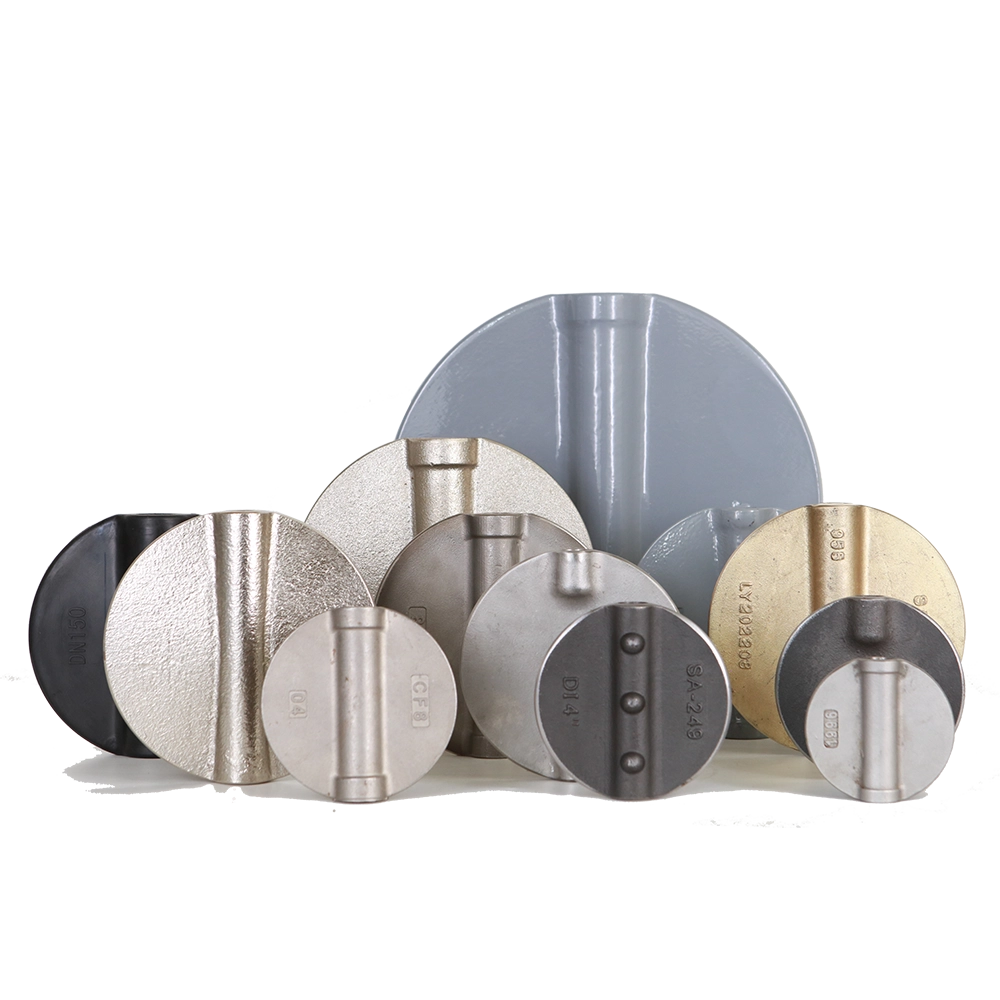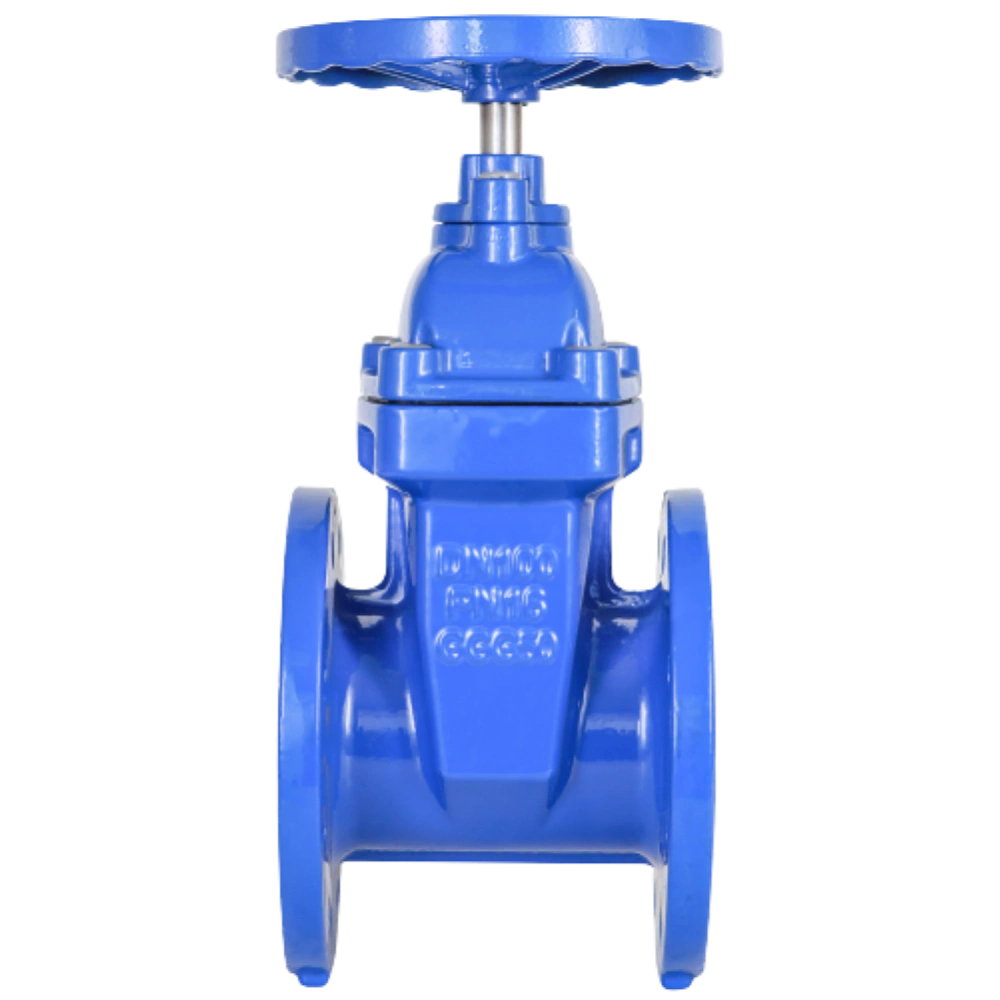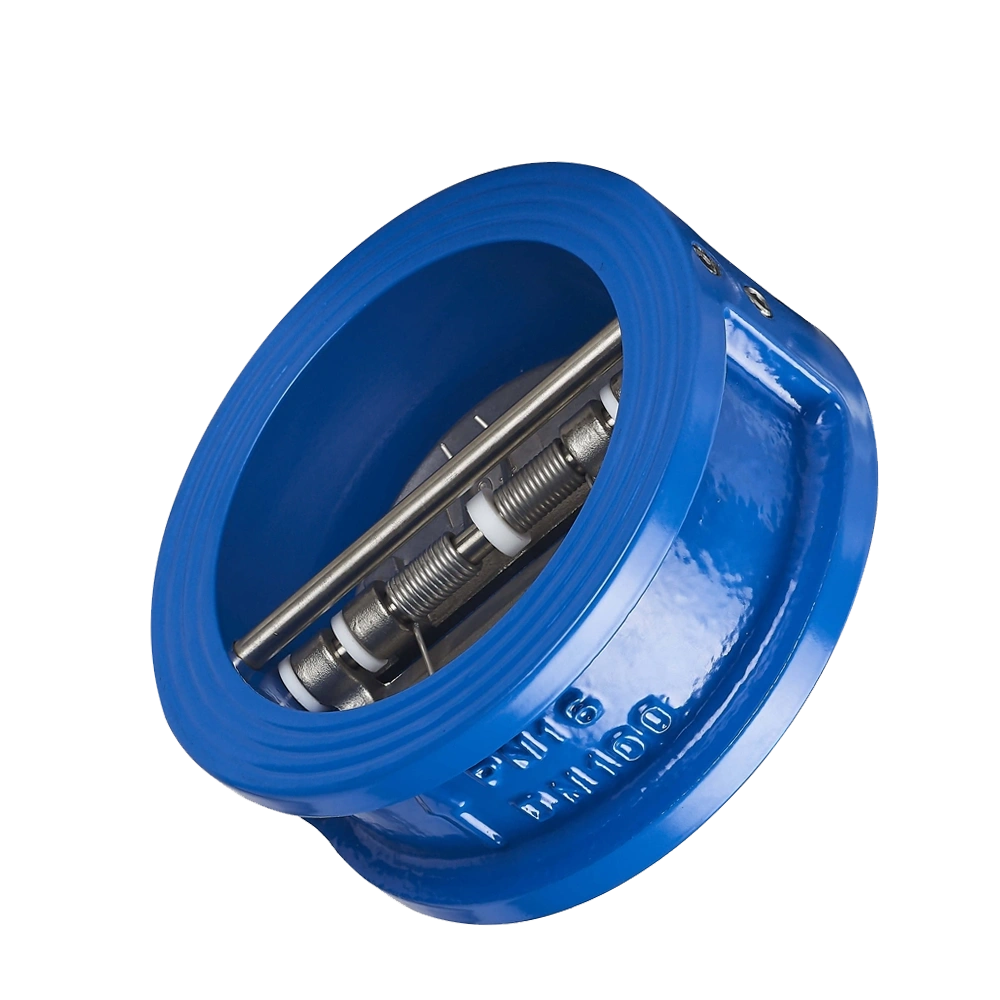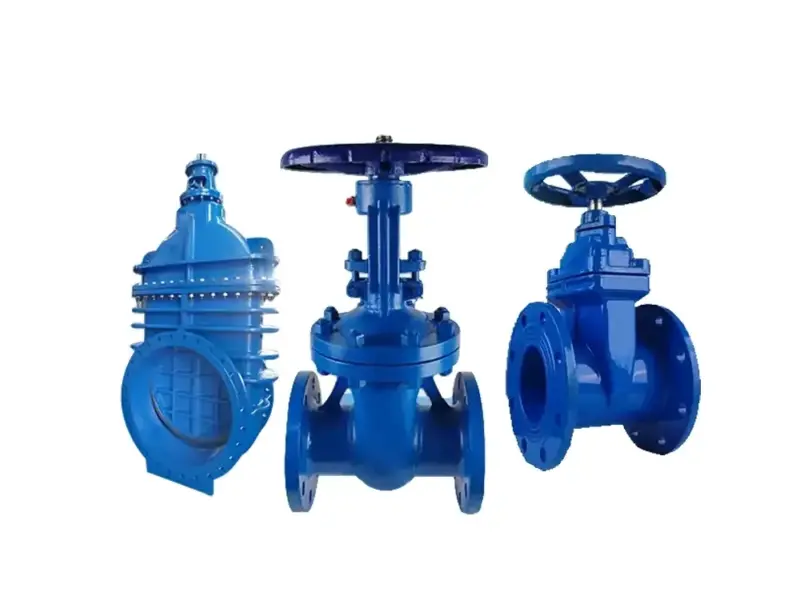1. About Butterfly Valves
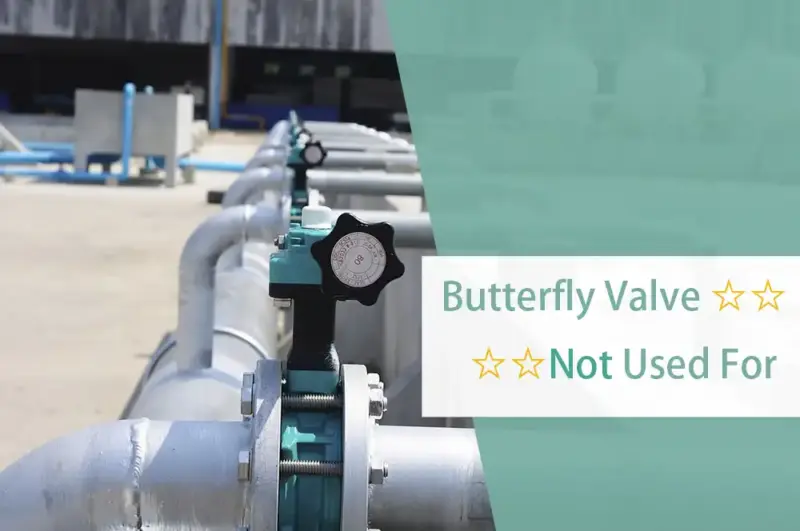
Of course, butterfly valves have many advantages, such as being simple, cost-effective, and fast in response. But it also has certain limitations and is not suitable for all applications. Therefore, understanding its advantages and disadvantages is essential to ensure the safety and efficiency of fluid systems. For example, butterfly valves with rubber seats often fail in specific applications, such as highly corrosive liquids. This highlights the importance of understanding what applications butterfly valves are not suitable for.
2. Overview of Butterfly Valves
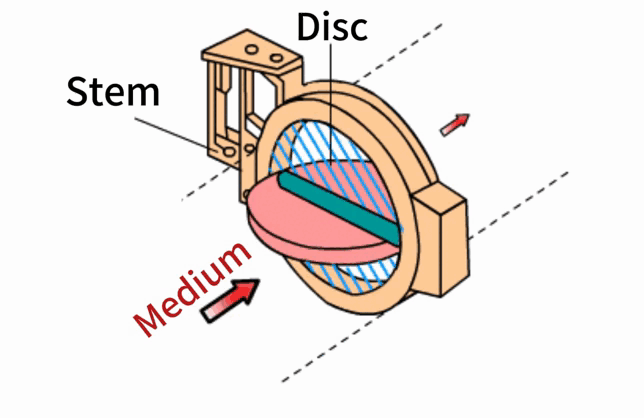
Butterfly valves have a simple yet effective design. They use a 90-degree rotating valve disc to control fluid flow. When the valve is fully open, the valve disc is parallel to the flow direction, allowing the fluid to pass through with minimal resistance. Conversely, when closed, the valve disc is perpendicular to the flow direction, blocking the flow of fluid. The operation of the butterfly valve involves a quarter-turn mechanism, which allows it to be opened or closed quickly. This simple design contributes to its cost-effectiveness and ease of maintenance.
Butterfly valves are available in a variety of designs, each tailored to specific applications and pressure ranges. They can be classified based on the disc closure design, connection design, and actuation method. For example, high-performance butterfly valves made of sturdy materials such as stainless steel or carbon steel are suitable for high-temperature and high-pressure applications. These variations ensure that butterfly valves can meet a variety of operational needs in different industries.
3. Limitations of butterfly valves?
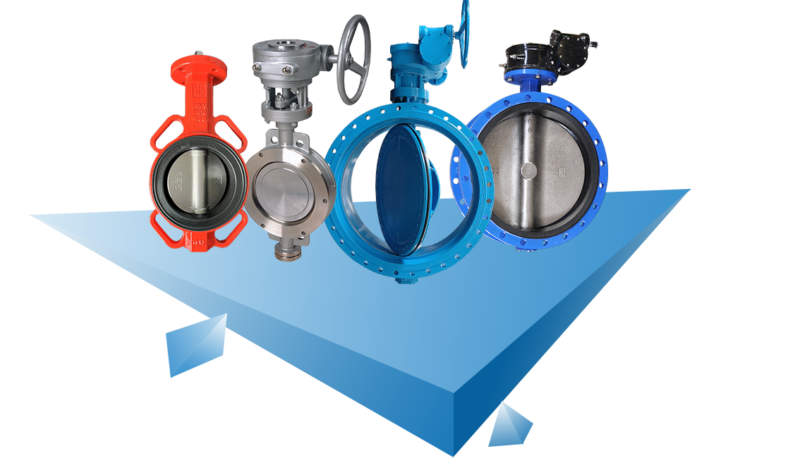
There are different types of butterfly valves, including concentric butterfly valves(centered), double eccentric butterfly valves and triple eccentric butterfly valves designs, each with unique features suitable for specific applications, but also with their own unique limitations.
3.1 High-pressure systems
Central butterfly valves and double eccentrics often encounter difficulties in high-pressure systems. In particular, centerline butterfly valves, which use thin discs and soft seats, lack the structural integrity required to withstand huge pressures. This can cause the valve disc and seat to deform or even fail. In high-pressure environments, the disc may not provide a reliable seal, increasing the risk of leakage. Even high-performance butterfly valves made of strong materials such as stainless steel may still not meet the stringent requirements of industries such as oil and gas.
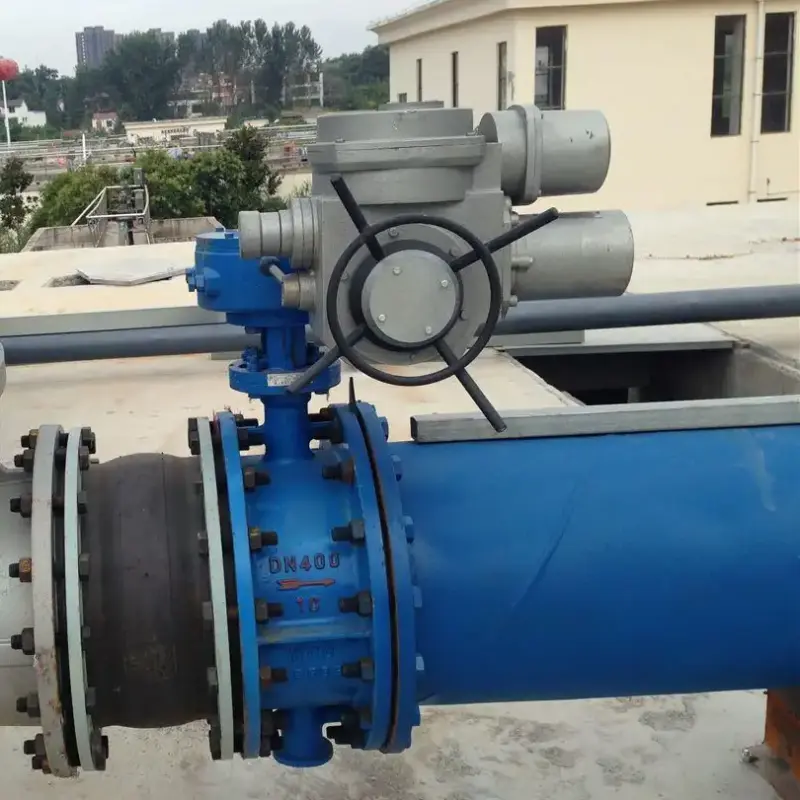
3.2 High-temperature environments
High temperatures pose another challenge to butterfly valves. Resilient valve seats can deform when exposed to high temperatures, leading to potential leakage. In addition, metal parts may expand differently at high temperatures, affecting the overall function of the valve. Industries that handle high-temperature processes, such as steam systems, should consider valves designed specifically for such conditions.
3.3 Low temperature applications
Material materials such as WCB and ductile iron commonly used in butterfly valves become brittle at low temperatures, which can lead to cracking or complete structural failure. Also, at low temperatures, ordinary sealing materials lose flexibility and may not maintain a tight seal, resulting in leakage and safety hazards.
If you want to use it for low temperatures, try using LCB.
3.4 Handling corrosive or abrasive fluids
Many butterfly valve materials are not suitable for handling corrosive or abrasive fluids. In addition to valve seats such as PTFE and stainless steel, the remaining elastomeric seals and liners are particularly susceptible to chemical attack. This corrosion can impair the sealing ability of the valve, thereby increasing the risk of leakage. In addition, abrasive materials can cause severe wear of the disc and seat, leading to rapid corrosion.
3.5 Precise flow control
Butterfly valves are not suitable for applications that require precise flow control, such as sensitive chemical processing or pharmaceutical production. Small movements of the valve disc can cause significant changes in flow. This characteristic makes it difficult to achieve the precise flow setting required for some applications. When the valve disc approaches the fully open or fully closed position, the flow characteristics can become highly nonlinear, further complicating precise control.
This means that the flow rate does not increase proportionally with the opening, especially at low flow and low opening. For specific CV values, please refer to this article Butterfly Valve Flow Characteristics-CV. This limitation makes it challenging to achieve and maintain specific fine flow rates.
3.6 Full vacuum applications
In a vacuum, the sealing material may collapse, affecting the sealing ability of the butterfly valve. The atmospheric pressure around the butterfly valve forces the valve disc to deform, especially the large size valve disc.
4. What is the butterfly valve not suitable for?
4.1 Applications suitable for butterfly valves
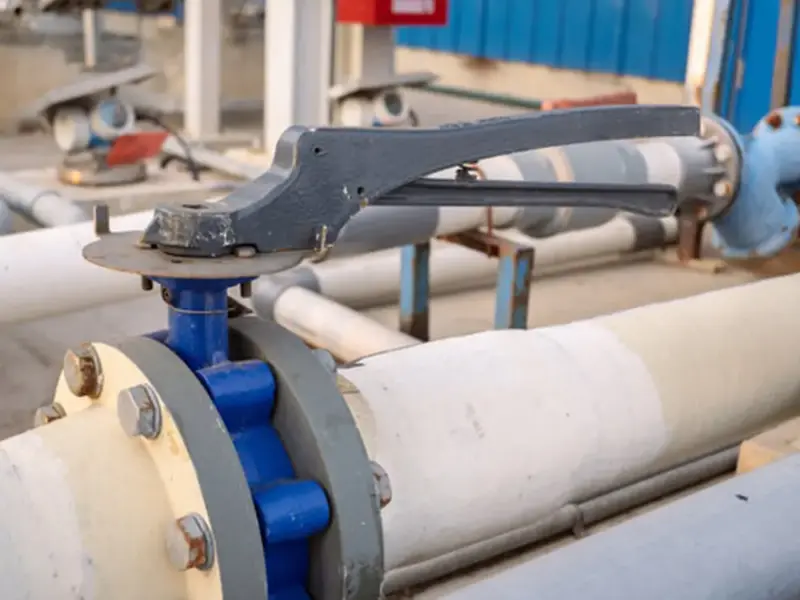
Butterfly valves are widely used in many industries due to their versatility.
In the food and beverage industry, stainless steel butterfly valves play a vital role in controlling the flow of liquids during processing. Their materials and design ensure strict hygiene standards.
In addition, butterfly valves are more used in water treatment plants, chemical processing and HVAC systems. Their ability to handle large volumes of fluids with minimal pressure drop makes them suitable for these applications.
Overall, butterfly valves provide a practical solution for many fluid control needs. However, understanding its design and common applications is essential to choosing the right type of valve for specific operating requirements.
4.2 Applications butterfly valves not used for
• Pharmaceuticals: In pharmaceutical processes, precise flow control is essential. The limited control capabilities of butterfly valves may not be enough. Therefore, we recommend globe valves, which have finer control and are more suitable for these applications.
• High viscosity fluids: Butterfly valves are not suitable for high viscosity fluids. The viscous nature of such fluids will hinder the operation of the valve, resulting in inefficiency.
• Solid content: Solid particles can get stuck on the sealing surface or around the disc of the butterfly valve, causing wear on the valve plate and valve seat. Resulting in seal failure or difficulty in opening and closing.
• Temperature sensitivity: Fluids that require precise temperature control may not be compatible with butterfly valves. This is because the non-metallic materials used in butterfly valves expand or contract with temperature changes, which affects their performance.
5. Alternatives to butterfly valves
As mentioned above, butterfly valves have limitations in specific applications. At this time, other types of valves can provide a more suitable solution.
5.1 Gate valves
For applications that require tight sealing and minimal pressure drop, gate valves are a reliable alternative. They operate by raising and lowering the gate, allowing or preventing fluid flow. Industries such as oil and gas often prefer metal sealed gate valves because they are rugged and can handle high-pressure environments. However, gate valves can only be fully opened or fully closed and cannot adjust flow.
5.2 Ball valves
Ball valves have excellent sealing capabilities and durability and are suitable for high-pressure and high-temperature applications. They use a spherical valve plate to control fluid flow and provide a tight seal when closed. At the same time, ball valves excel in industries that require precise control, such as chemical processing and pharmaceuticals.
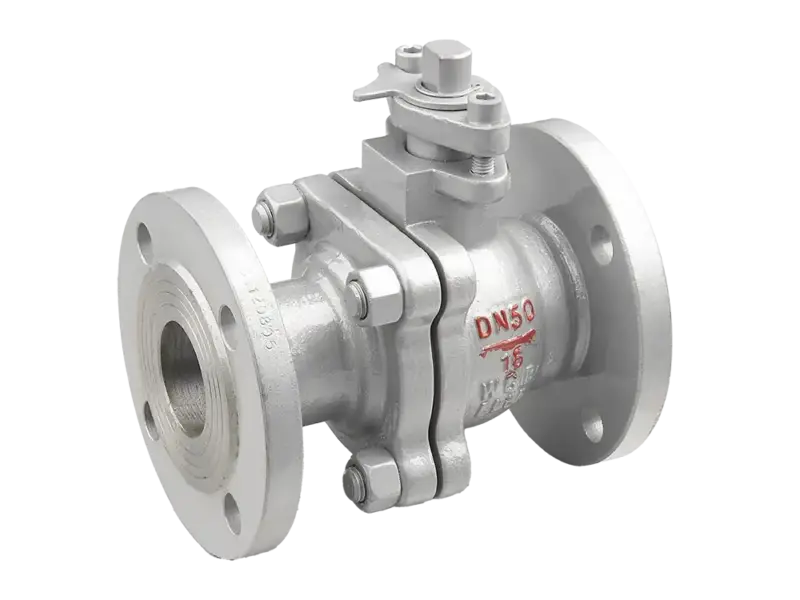
5.3 Globe valves
Globe valves provide excellent flow control. They have a plug or disc that can move up and down to adjust the flow rate by changing the size of the opening. This design allows for fine-tuning to ensure that the flow setting is accurate. When butterfly valves cannot meet specific operational needs, globe valves can come into play.
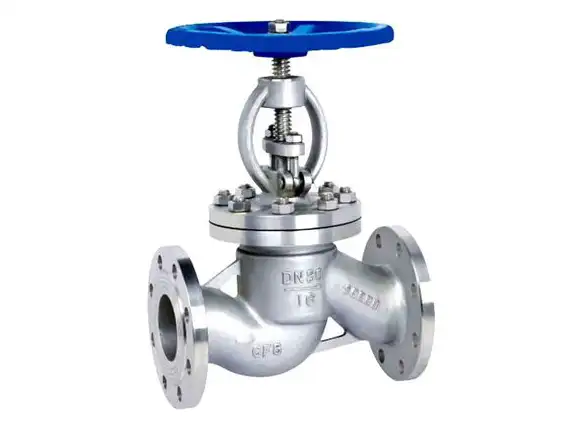
6. Key considerations for valve selection
As mentioned above, the selection of butterfly valves should be based on the following factors. These considerations ensure that the selected valve meets the specific needs of the application and provides safety, efficiency and reliability.
- Fluid system characteristics play a vital role in valve selection. Different fluids have unique properties that affect valve performance. For example, high-viscosity fluids may require specific valves that can handle thicker materials without clogging or causing inefficient operation. Similarly, fluids containing solid particles can wear valve components, causing rapid deterioration. Therefore, it is critical to select valves that can withstand these conditions.
- Corrosive fluids present another challenge. They can attack valve materials, causing rapid deterioration and potential leakage. Therefore, it is necessary to select valves made of corrosion-resistant materials (such as PTFE lined or stainless steel valves).
- Temperature sensitivity is also important. Fluids that require precise temperature control may not be compatible with certain types of valves because the materials expand or contract with temperature changes, affecting performance.
7. Summary
Butterfly valves have significant advantages, such as simplicity and cost-effectiveness, but they have limitations. Choosing the right type of valve is essential to maximizing the efficiency and safety of fluid systems. Valve purchasers must have professionals evaluate factors such as fluid characteristics and system requirements before making a purchase to ensure optimal performance. Of course, you can also tell us about the operating conditions. As a manufacturer with 18 years of experience in valve manufacturing, we will give you professional advice.

